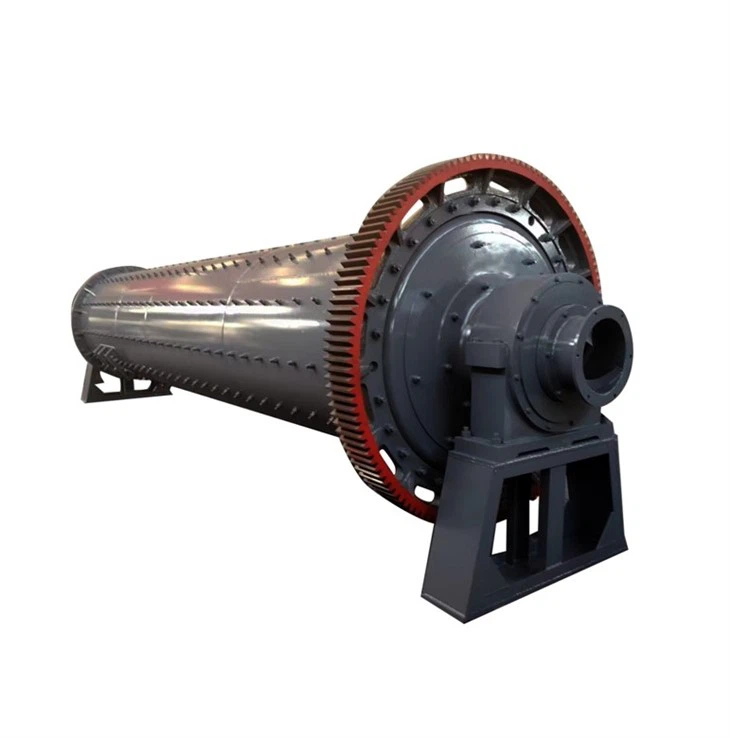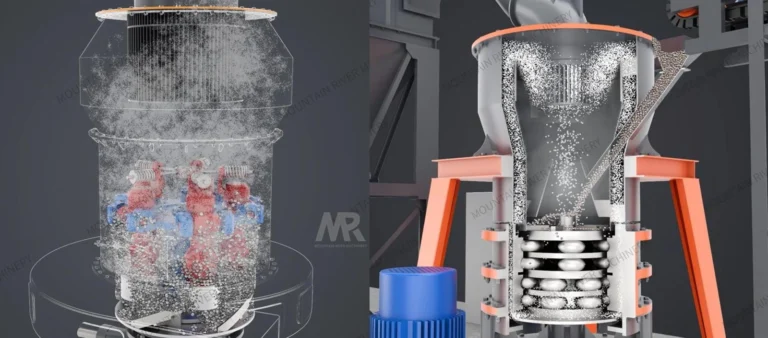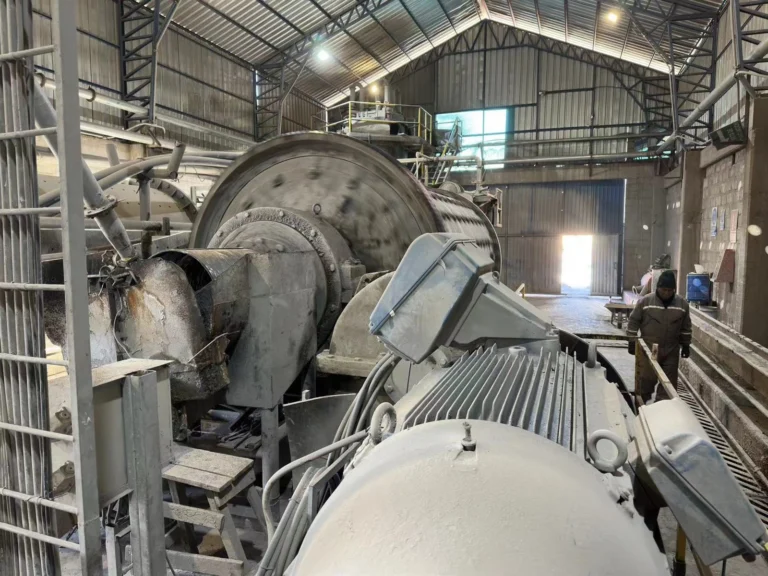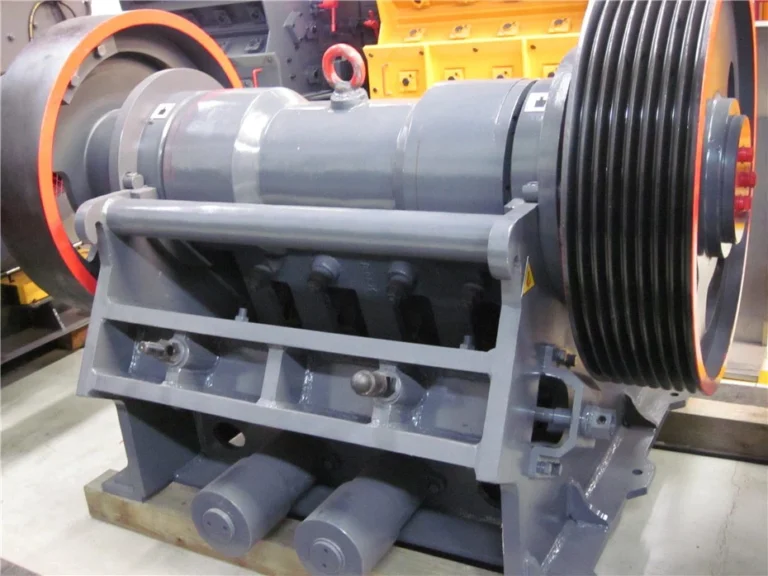Is Briquette Making Profitable?
Introduction
Briquette making is a process of compressing biomass material into blocks or logs that can be used as fuel. In recent years, there has been increased interest in briquette making, especially in developing countries where energy is expensive and scarce. The question that arises is whether briquette making is profitable or not. This article seeks to answer this question.
What is Briquette Making?
Briquette making is a process of compressing biomass materials such as straw, sawdust, wood chips, or coconut shells into blocks or logs that can be used as fuel. The process involves drying the material, crushing it into powder, and then compressing it into the desired shape using a briquette press.
Biomass briquettes are a renewable energy source, and they have a number of advantages over traditional fuels such as wood and charcoal. They burn longer, emit less smoke, and are cheaper in the long run. Moreover, they have a low ash content, which means they produce less waste.
Is Briquette Making Profitable?
The answer to this question depends on various factors such as the availability of raw materials, the cost of production, the demand for briquettes, and the selling price of briquettes.
Raw Materials
The availability of raw materials is a key factor in determining the profitability of briquette making. The raw materials used in briquette making are usually agricultural residues such as straw, sawdust, and rice husks. These materials are abundant in developing countries where agriculture is the mainstay of the economy. However, in developed countries, the availability of such materials is limited, which makes briquette making less profitable.
Cost of Production
The cost of production of briquettes depends on the cost of raw materials, labor, and other inputs such as electricity and transportation. The cost of raw materials is usually the biggest component of the cost of production. Therefore, the profitability of briquette making depends on the availability and cost of raw materials.
Demand and Selling Price
The demand for briquettes depends on the availability and price of traditional fuels such as wood, charcoal, and fossil fuels. In countries where these fuels are expensive and scarce, the demand for briquettes is high. Moreover, the selling price of briquettes depends on the price of traditional fuels and the competition from other briquette makers.
Advantages of Briquette Making
There are several advantages of briquette making, especially in developing countries. Firstly, briquettes are a renewable energy source, which means they promote sustainable development. Secondly, they are cheaper in the long run compared to traditional fuels such as wood and charcoal. Thirdly, they have a low ash content, which means they produce less waste. Finally, they emit less smoke, which means they are healthier and safer to use.
Disadvantages of Briquette Making
One of the disadvantages of briquette making is that it requires a lot of investment in terms of equipment and infrastructure. The cost of setting up a briquette plant can be prohibitive for small-scale entrepreneurs. Moreover, the quality of briquettes depends on the quality of the raw materials and the manufacturing process. Therefore, poor-quality briquettes may not find a market, which can lead to losses.
Conclusion
In conclusion, briquette making can be profitable if done in the right way. The profitability of briquette making depends on various factors such as the availability and cost of raw materials, the demand for briquettes, and the selling price of briquettes. Therefore, it is important to conduct a feasibility study before setting up a briquette plant. This will help to determine the viability of the project and avoid unnecessary losses. In the long run, briquette making can contribute to sustainable development by promoting renewable energy sources and reducing the use of traditional fuels.






